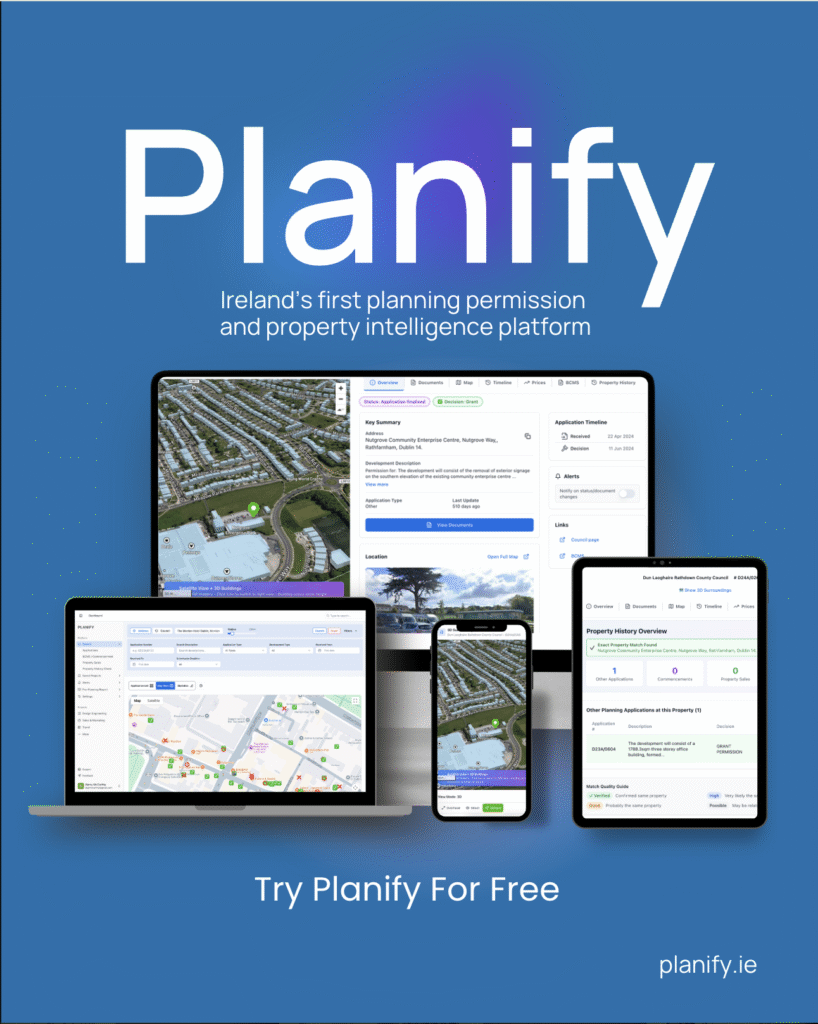What Is The 7 Year Rule?

Introduction
The 7 year rule essentially means that if a property has been developed without the necessary planning permission, and if the planning authority has not initiated enforcement action within seven years from the date of the breach, then the authority is barred from taking such action after this period. However, this does not mean that the development becomes ‘legal’ or ‘authorised’ by default. The status of the development remains unauthorised, but it is simply beyond the reach of enforcement action under this specific rule.
In cases where the 7 year rule applies, and the planning authority has not taken enforcement action within the specified timeframe, it is crucial for property owners to understand that this does not alter the planning status of the development. The development does not receive retrospective planning permission or become lawful in planning terms. Instead, it remains unauthorised but is no longer subject to enforcement action by the planning authority based on the 7 year rule.
Moreover, irrespective of the time that has elapsed, an enforcement notice can still be served, or an injunction can be sought in cases where a person has failed to satisfy a planning condition concerning the use of land. This highlights that while the 7 year rule provides a specific timeframe for enforcement action related to unauthorised developments, there are still avenues through which planning authorities can address non-compliance with planning conditions.
Understanding the implications of the 7 year rule is essential for property owners, developers, and planning professionals. It underscores the importance of adhering to planning laws and regulations from the outset of any development project to avoid potential legal and regulatory challenges in the future.
For those involved in or considering developments that may not fully comply with planning permissions, it is crucial to be aware of the 7 year rule and its implications. However, it is equally important to strive for compliance with all planning requirements to ensure the legality and sustainability of development projects.
Exceptions to the 7-Year Rule
The primary exceptions to the 7-year rule in planning enforcement are related to quarrying operations and peat extraction. In these cases, the planning authority can take enforcement action against unauthorised developments irrespective of the time elapsed since the breach occurred. This means that even if more than seven years have passed, the planning authority retains the right to enforce planning laws against these specific types of developments.
Another significant exception involves the failure to satisfy a planning condition concerning the use of land. In such instances, irrespective of the time that has elapsed since the breach, an enforcement notice can be served, or an injunction can be sought against the person or entity responsible. This ensures that compliance with all conditions of planning permission is maintained over time, regardless of the 7-year rule.
Implications of the Exceptions
The exceptions to the 7-year rule underscore the importance of adhering to planning permissions and conditions, especially in sensitive areas such as quarrying and peat extraction. These activities often have significant environmental impacts, and the exceptions allow planning authorities to take necessary enforcement actions to protect the environment and ensure sustainable development practices.
For property owners and developers, understanding these exceptions is crucial. Non-compliance with planning conditions can lead to enforcement actions at any time, highlighting the need for ongoing compliance with all planning permissions and conditions. It’s also important to note that even in cases where the 7-year rule applies, and no enforcement action has been taken within that timeframe, this does not alter the original planning permission or legitimise any unauthorised development.
Conclusion
The “7-year rule” in planning enforcement is an essential aspect of Ireland’s planning and development framework, providing a timeframe for the enforcement of planning laws. However, the exceptions to this rule, particularly regarding quarrying operations, peat extraction, and failure to satisfy planning conditions, ensure that planning authorities can effectively manage and protect the environment and community interests. Understanding these exceptions is vital for anyone involved in property development or ownership, as it highlights the importance of continuous compliance with planning laws and conditions.




